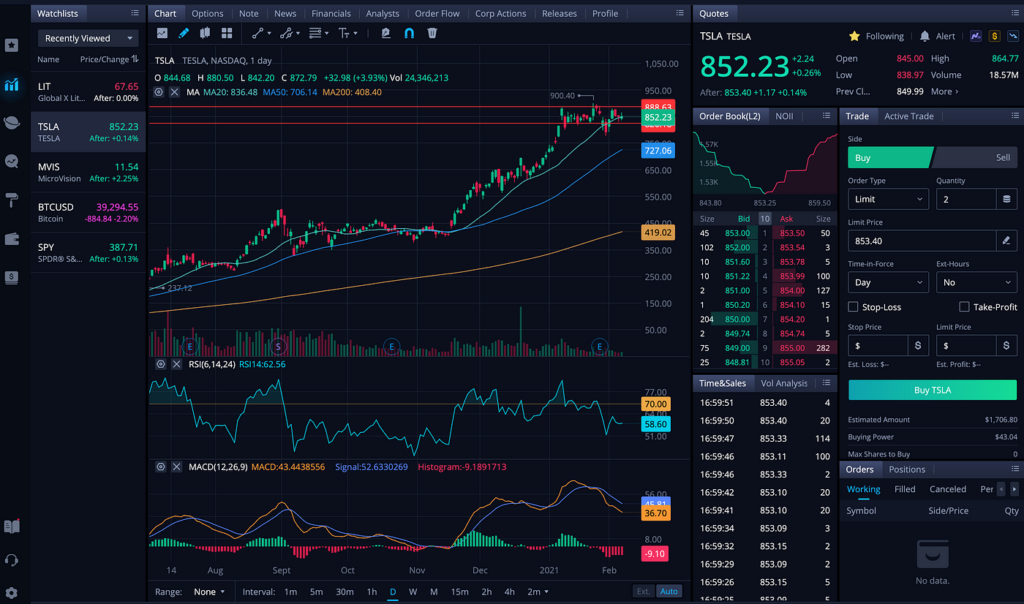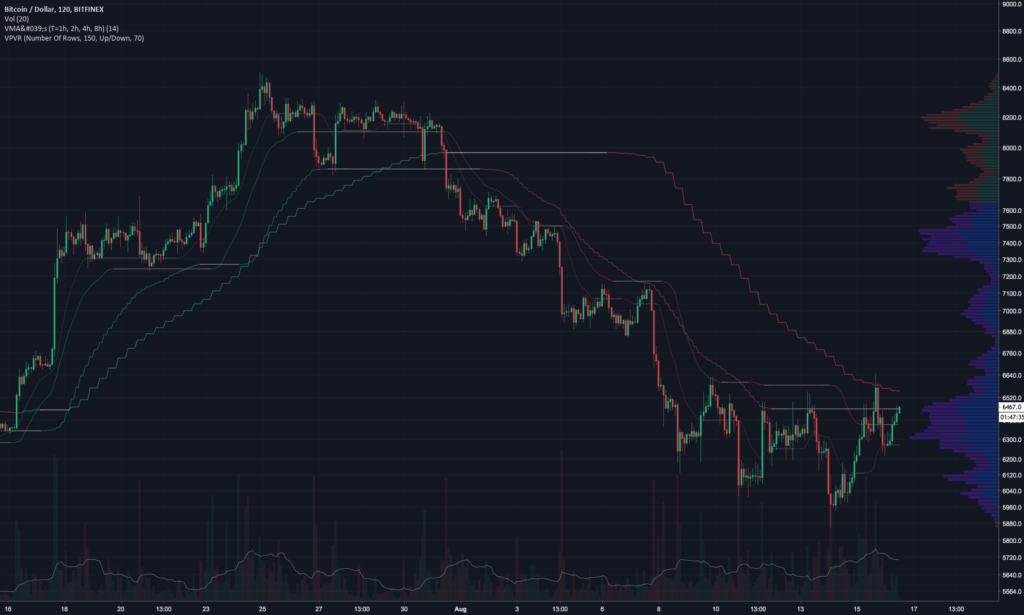This content is for informational and entertainment purposes only, not financial advice. The authors are not professional traders. Trading involves risk and is not suitable for all investors. Decisions should be made with consideration from a financial advisor. This article may contain affiliate links. For full details, see our Affiliate Disclosure and Full Disclaimer.
Table of Contents
I. Introduction to Options Trading

A. What is Options Trading?
Options trading, a dynamic and versatile form of investment, offers traders the ability to speculate on stock price movements without the need to own the underlying asset. It involves contracts that give the buyer the right, but not the obligation, to buy (call option) or sell (put option) a stock at a predetermined price (strike price) before or at a specific date. This form of trading is not just for those who specialize in options but is also increasingly relevant for day traders seeking diversified strategies to enhance their trading portfolio.
Understanding options trading requires a shift in perspective from traditional stock trading. While stock trading involves the direct buying and selling of shares, options trading is about dealing with the rights to these shares. This distinction is crucial and forms the core of what makes options trading a unique and potentially lucrative venture.
B. Why Choose Options Trading?
Options trading is appealing for both beginners and seasoned traders due to its numerous benefits. For starters, it requires a lower initial investment compared to buying stocks outright. This lower cost of entry makes it an attractive option for those new to the financial markets.
Moreover, options provide a level of flexibility unmatched in the stock market. They can be used in various strategies to profit from different market conditions – whether the market is going up, down, or sideways. For instance, options can be used to hedge against potential losses in your stock portfolio, acting as a form of insurance.
The potential of options trading lies in its versatility. It allows traders to adjust their positions according to market movements and their own risk tolerance. This flexibility, combined with the strategic depth of options, makes it a valuable tool in any trader’s arsenal.
C. Understanding the Basics
Before diving into options trading, it’s essential to grasp its terminology. The two primary types of options are calls and puts. A call option gives the holder the right to buy a stock at a specific price within a certain time frame, while a put option gives the right to sell under similar conditions. The strike price is the predetermined price at which the stock can be bought or sold, and understanding this concept is crucial for successful trading.
For beginners, a practical approach is to start with one stock or index, such as SPY (S&P 500 ETF) or QQQ (Nasdaq-100 ETF). Focusing on a single asset allows traders to become familiar with specific market behaviors and nuances, making it easier to understand how different options strategies play out in real market conditions.
In conclusion, options trading offers a world of opportunities for those willing to learn its intricacies. With its unique characteristics and strategic depth, it is a valuable addition to any trader’s portfolio, whether they are just starting out or have years of experience in the financial markets.
II. Starter Strategies for Beginners

A. First Steps in Options Trading
Embarking on your options trading journey begins with two fundamental steps: setting up a trading account and learning to read market signals. Choosing the right trading platform is crucial; look for one that is user-friendly, offers educational resources, and provides robust tools for options trading. Once your account is set up, dedicate time to familiarize yourself with the platform’s interface and features.
The next pivotal step is learning to read market signals. This skill is essential for making informed trading decisions. Start by understanding basic market indicators such as price trends, volume, and historical data. Utilize the educational resources available on your trading platform, and consider following financial news and market analysis to get a broader understanding of market dynamics. Remember, a well-informed trader is often a successful one.
B. Core Strategies for Beginners
As a beginner, it’s advisable to start with simple, lower-risk strategies. Two such strategies are Covered Calls and Protective Puts.
Covered Calls: This strategy involves owning the underlying stock and selling a call option on that stock. For example, if you own 100 shares of XYZ company, you could sell a call option with a specific strike price and expiration date. This strategy generates income from the option premium and is best used when you expect the stock to remain relatively flat or only rise moderately.
Protective Puts: This strategy is like an insurance policy for your stock investment. It involves buying a put option for stocks you already own. This option gives you the right to sell your stock at a predetermined price, protecting you from significant losses if the stock price plummets. It’s a way to hedge against downside risk while maintaining the potential for upside gain.
C. Risk Management and Mistakes to Avoid
Risk management is the cornerstone of successful trading. It’s essential to understand the risks involved in each trade and to use strategies that align with your risk tolerance. Set clear goals and limits for each trade, such as the maximum amount you are willing to lose, and stick to them.
Beginners often fall into common pitfalls, such as overtrading, letting emotions drive decisions, or failing to keep up with market news and trends. Avoid these mistakes by having a disciplined approach, maintaining a well-thought-out trading plan, and continuously educating yourself about the markets and different trading strategies.
In conclusion, starting with basic strategies like Covered Calls and Protective Puts, combined with a strong focus on risk management and continuous learning, can set the foundation for a successful journey in options trading. Remember, every expert was once a beginner, and with patience and perseverance, you can grow your skills and confidence in this exciting market.
III. Advancing Your Options Trading Journey

A. Building on the Basics
Once you’ve mastered the fundamentals of options trading, it’s time to evolve your strategies. Building upon the basics involves gradually incorporating more complex trades into your portfolio. This progression might include strategies like Iron Condors, Straddles, and Strangles, which can offer higher potential returns but also come with increased risk.
An essential tool in this phase is a trading journal, and platforms like TraderSync can be invaluable. Keeping a detailed record of your trades helps you analyze your performance, understand your trading patterns, and identify areas for improvement. Journaling is not just about tracking wins and losses; it’s about understanding the ‘why’ behind each trade, which is crucial for developing advanced trading skills.
B. Resources and Tools for Continuous Learning
Continuous education is key to staying ahead in the ever-evolving world of options trading. There are numerous resources available for traders looking to deepen their knowledge. Recommended books like “Options as a Strategic Investment” by Lawrence G. McMillan offer comprehensive insights into options strategies. Online courses, such as those found on Coursera or Udemy, provide structured learning paths from basic to advanced levels.
YouTube channels like “Option Alpha” and “The Chart Guys” are also excellent resources for visual learners, offering regular updates on market trends and trading techniques. Remember, the learning journey in options trading is ongoing, and leveraging these resources can significantly enhance your trading acumen.
C. Next Steps: From Learning to Profiting
Transitioning from learning to effectively applying strategies is a pivotal stage in your trading journey. This phase is about putting your knowledge into practice and starting to see the results of your strategies in real market conditions. It’s important to start small, test your strategies in live trades, and gradually increase your exposure as you gain confidence.
For further growth, consider utilizing resources like ProTradingInsights.com. This platform offers a wealth of information, from financial market strategies to in-depth analyses, helping you stay informed and make educated decisions.
In summary, advancing your options trading journey involves building on basic strategies, committing to continuous learning, and effectively applying your knowledge to real-world trading. With the right tools, resources, and a commitment to ongoing education, you can transition from a novice to a proficient options trader, capable of navigating the complexities of the market with confidence and skill.

